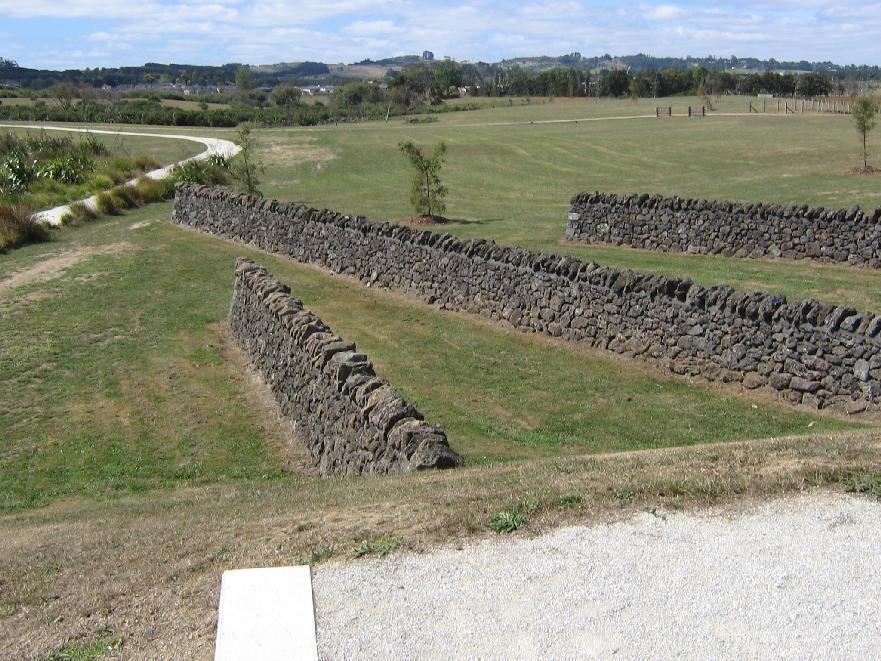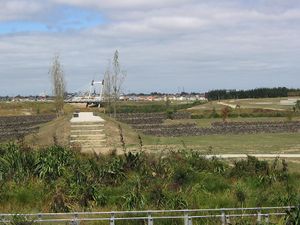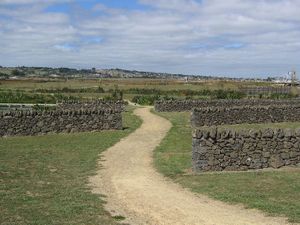Difference between revisions of "Kitsch"
| Line 8: | Line 8: | ||
=== Maori === | === Maori === | ||
| − | + | <html> | |
| + | <div> | ||
Rock drawings seem to have been particularly prone to this - borrowings appearing on fabrics, glassware and stamps. | Rock drawings seem to have been particularly prone to this - borrowings appearing on fabrics, glassware and stamps. | ||
| Line 28: | Line 29: | ||
{{wikipedia|Theodorus_Johannes_Schoon}} | {{wikipedia|Theodorus_Johannes_Schoon}} | ||
]] | ]] | ||
| + | </div> | ||
| + | </html> | ||
| + | |||
Revision as of 21:16, 20 February 2010
Archaeological Kitsch
Archaeological items of iconic status become the subject of modern copies and re-use of the imagery. New Zealand items are not immune.
Maori
Rock drawings seem to have been particularly prone to this - borrowings appearing on fabrics, glassware and stamps.
[[Image:Rock1.JPG |framed|left|A scarf with many images from rock art.]]
[[Image:Glases.jpg |framed|left|In the 1960s peanut butter was sold in packaging like these - which could be used as glases after they were emptied.]]
[[Image:Adze.jpg |framed|left|Someone's idea of a nephrite adze - for sale as a replica on TradeMe]]
[[Image:Kitsch2.jpg|framed|left|Enamelled dishes, central one labelled by CERAWARE.]]
[[Image:1983.jpg|framed|left|Rock art used on a commemorative stamp]]
[[Image:Rockart1.jpg|framed|left|Rock art used on a definitive stamp]]
[[Image:Fairburn.jpg|framed|left|Rock art used on fabric. This was produced by blockprinting by poet Rex Fairburn. He obtained the artwork for this from [[Schoon Theo|Theo Schoon]]. Wikipedia has an article on Schoon.
Another print can be seen [http://www.nzmuseums.co.nz/index.php?option=com_nstp&task=showDetail&objectContext=&recordIdSet=880&Itemid=16 here]
Fairburn and Schoon have [http://dnzb.govt.nz/ Dictionary of New Zealand Biography] entries.
{{wikipedia|Theodorus_Johannes_Schoon}}
]]
Colonial
Barry Curtis Park in south Auckland has volcanic rock walls, reconstructed from a nearby farm site. The unfortunate result isg what happens when landscape architecture captures archaeological reconstruction.



